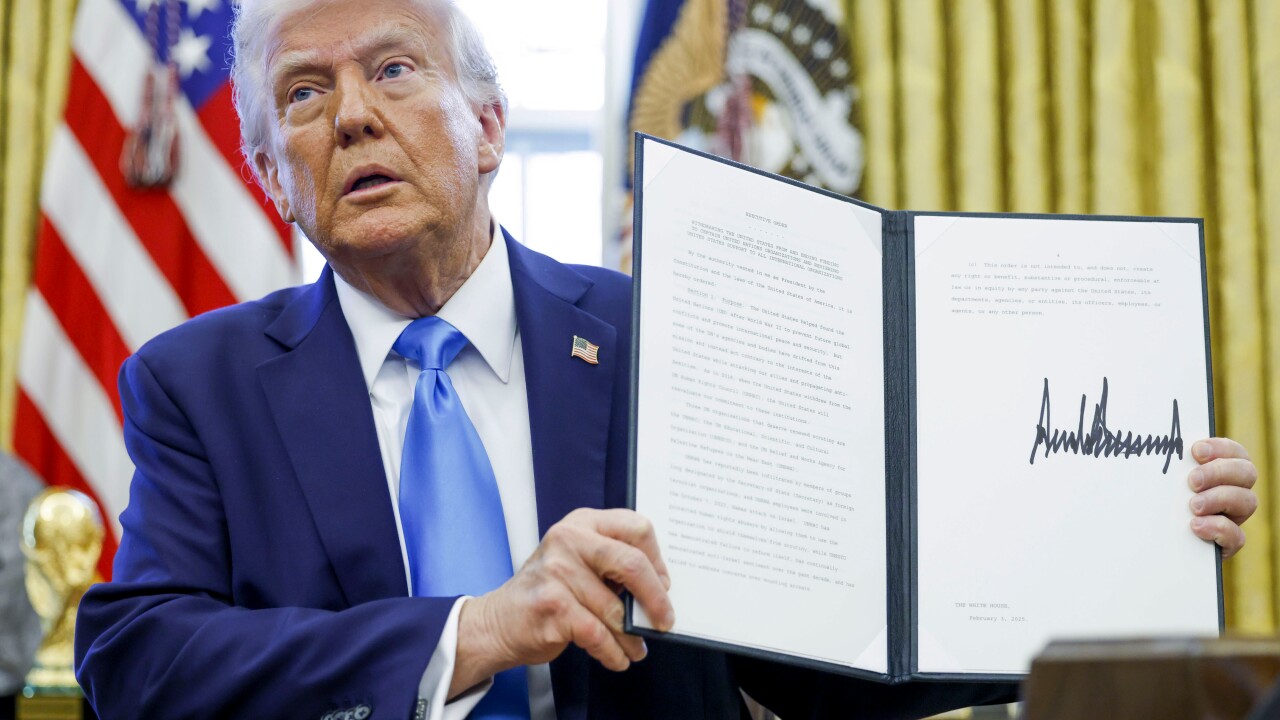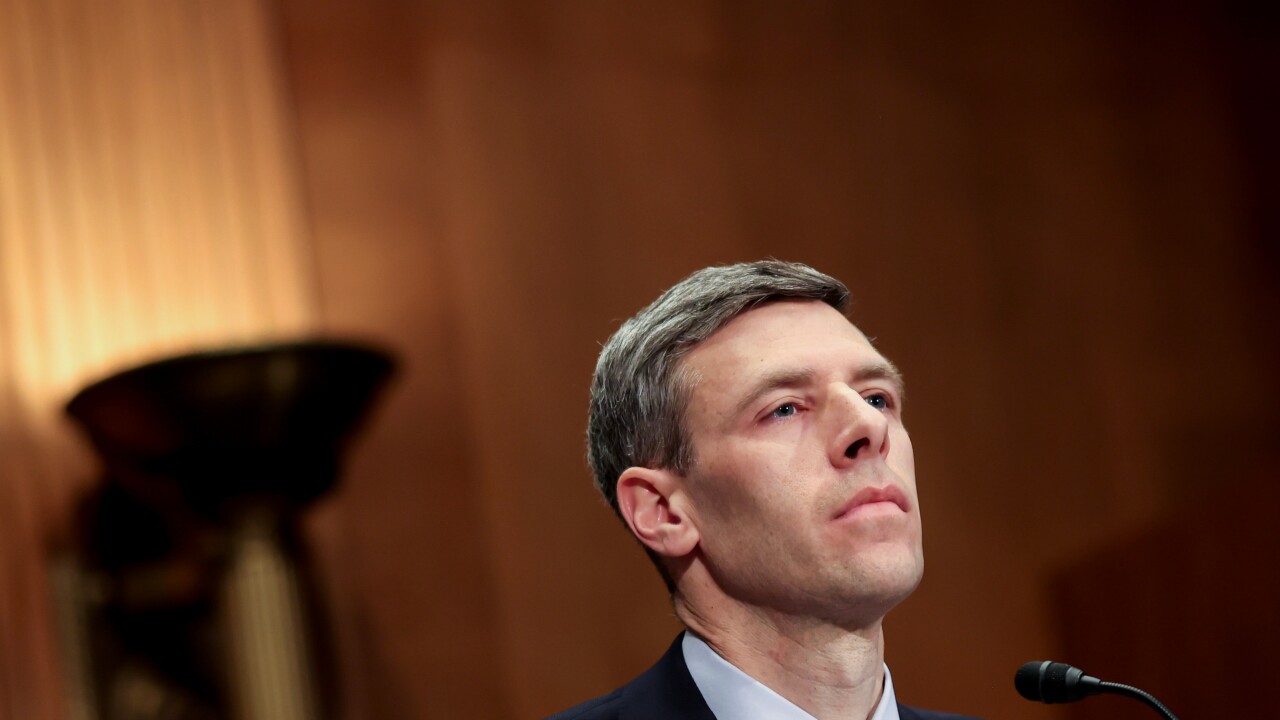
- Key Insight: Federal Reserve Governor Christopher Waller wants the central bank to create a "skinny" Fed account for nonbank entities involved in the payments space.
- Expert Quote: "Payment innovation moves fast, and the Federal Reserve needs to keep up," said Federal Reserve Governor Christopher Waller.
- What's at stake: The Trump administration has signaled support for crypto-focused alternatives to traditional financial products, and the proposed creation of a new master account is seen as a continuation of that backing.
Federal Reserve Governor Christopher Waller on Tuesday proposed the creation of a new type of Fed account that would give nonbank entities involved in payments, such as crypto payment firms, access to the Fed's payment rails.
Speaking at the Payments Innovation Conference hosted by the central bank, Waller said he has asked Federal Reserve staff to explore the concept of a limited "payment account," which would offer basic Fed payment services to eligible institutions that currently access the payment system indirectly through third-party banks with
Dubbed a "skinny" master account, the proposed model would provide access to the Fed's payment system and allow the holder to maintain a balance at the central bank.
"There are many eligible firms engaged in substantial payments activities that may not want or need all the bells and whistles of a master account, or access to the full suite of Federal Reserve financial services, to successfully innovate and provide services to their customers," said Waller, a strong
Waller, the chair of the Fed's Committee on Payments, Clearing, and Settlement, said the lower-risk accounts would follow a more streamlined review timeline and would include restrictions to limit systemic impact, including balance caps and a prohibition on earned interest. They would also not be eligible for daylight overdrafts or discount window borrowing. If an account's balance hits zero, pending payments would be rejected.
"Payment innovation moves fast, and the Federal Reserve needs to keep up," he said.
He emphasized that the concept remains in its early stages and said the Fed is interested in hearing perspectives from stakeholders regarding the benefits and drawbacks of the idea.
"I want to be clear that this is just a prototype idea to provide some clarity on how things could change," he said. "The upshot is that, in my view, the payments landscape, as well as the types of providers, has evolved dramatically in recent years, and, accordingly, a new payments account could better reflect this new reality."
Jaret Seiberg, managing director at TD Cowen, expects the accounts to be established by mid-2026, which he views as a win for crypto entities involved in payments, but a negative for banks.
In his weekly newsletter, Seiberg wrote that the move would give crypto entities access to traditional payment rails needed to move funds into and out of the digital asset space. He also said it further
However, Seiberg said the idea could hurt banks, as it may reduce the need for crypto payment firms to partner with them to conduct business.
"It provides an expedited way for crypto payment solutions to gain access to the U.S. payment system," wrote Seiberg Tuesday. "It also means crypto payment firms may not need to partner with U.S. banks to offer their services."





